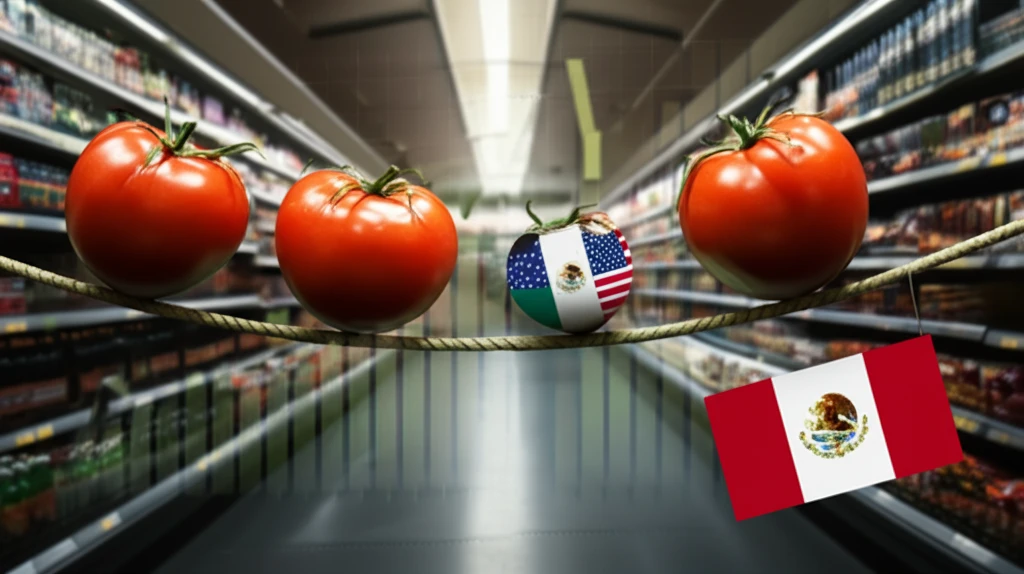
Tomato Trade Wars: How a US-Mexico Agreement Impacts Your Produce Prices
"Explore the hidden costs and surprising winners in the U.S.-Mexican tomato trade agreement, and how it affects what you pay at the grocery store."
For decades, the U.S. and Mexico have been embroiled in what some call the “Great Tomato War.” This isn't a war fought with weapons, but with trade policies and tariffs, specifically concerning the import of Mexican tomatoes into the United States. At the heart of this conflict is the Tomato Suspension Agreement, designed to prevent Mexican growers from ‘dumping’ tomatoes—selling them at prices below the cost of production—in the U.S. market.
The latest iteration of this agreement, implemented in 2013, sets a minimum price for Mexican tomatoes entering the U.S. While the intention is to protect American farmers, the reality is far more complex. This agreement impacts not only producers in both countries but also consumers, who ultimately pay the price for these trade maneuvers. Furthermore, Canada, though not a direct party to the agreement, feels the ripple effects due to its integrated agricultural market with the U.S.
So, how does this all work? This article will explore the intricacies of the U.S.-Mexican Tomato Suspension Agreement, breaking down its effects on prices, production, and ultimately, your grocery bill. We'll uncover who the winners and losers are in this ongoing trade saga, and what it means for the future of agricultural trade.
Decoding the Tomato Suspension Agreement: How Does It Work?

The core of the dispute lies in the claim by U.S. tomato growers, primarily in Florida, that Mexican producers were undercutting them by selling tomatoes at unfairly low prices during the winter months. To address this, the U.S. Department of Commerce stepped in, leading to a series of ‘Suspension Agreements.’ These agreements essentially set a floor on how low the price of imported Mexican tomatoes could go.
- Minimum Price: The agreement establishes a minimum price, which varies depending on the type of tomato (field-grown, greenhouse, or cherry/grape).
- Enforcement: The U.S. government monitors imports to ensure compliance with the price floor.
- Impact on Mexico: Mexican producers must adhere to the minimum price, potentially limiting their ability to compete on price in the U.S. market.
- Impact on Canada: Though not directly involved, Canada's tomato market is affected as trade patterns shift in response to the agreement.
The Bottom Line: What Does It All Mean?
The U.S.-Mexican Tomato Suspension Agreement is a complex issue with far-reaching consequences. While designed to protect domestic producers, it also introduces market distortions that affect consumers and international trade dynamics. Understanding these impacts is crucial for making informed decisions about food policy and trade relations.
